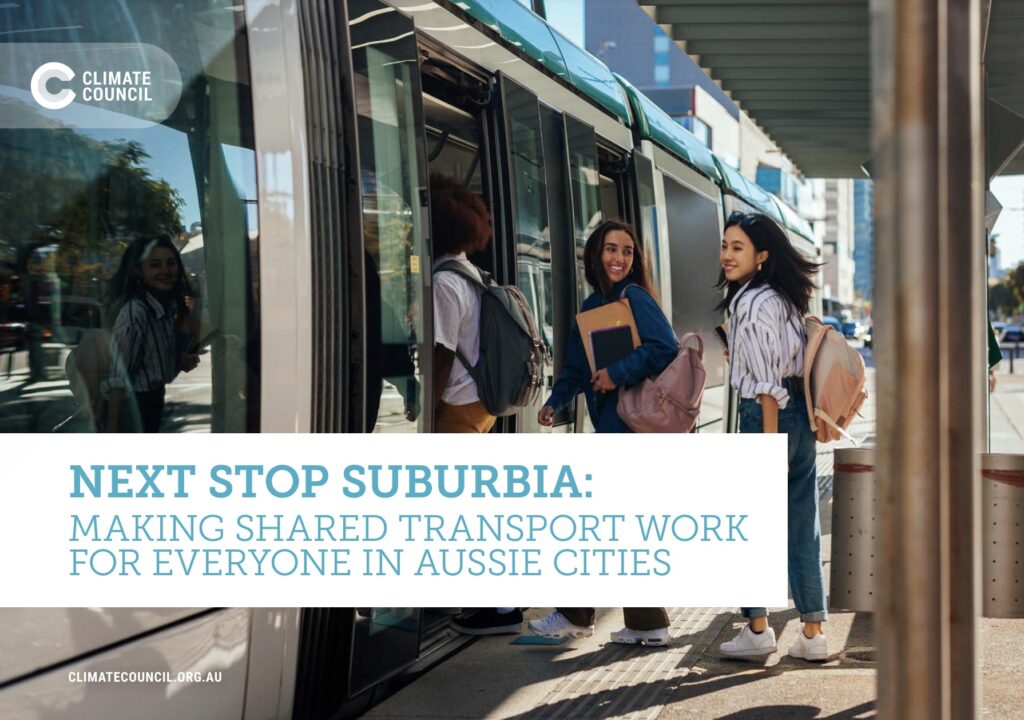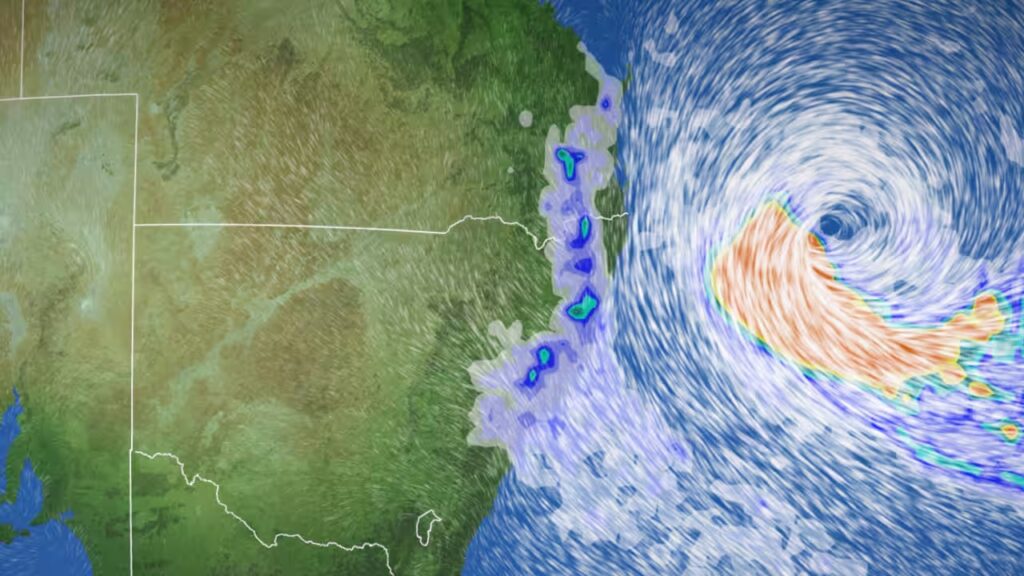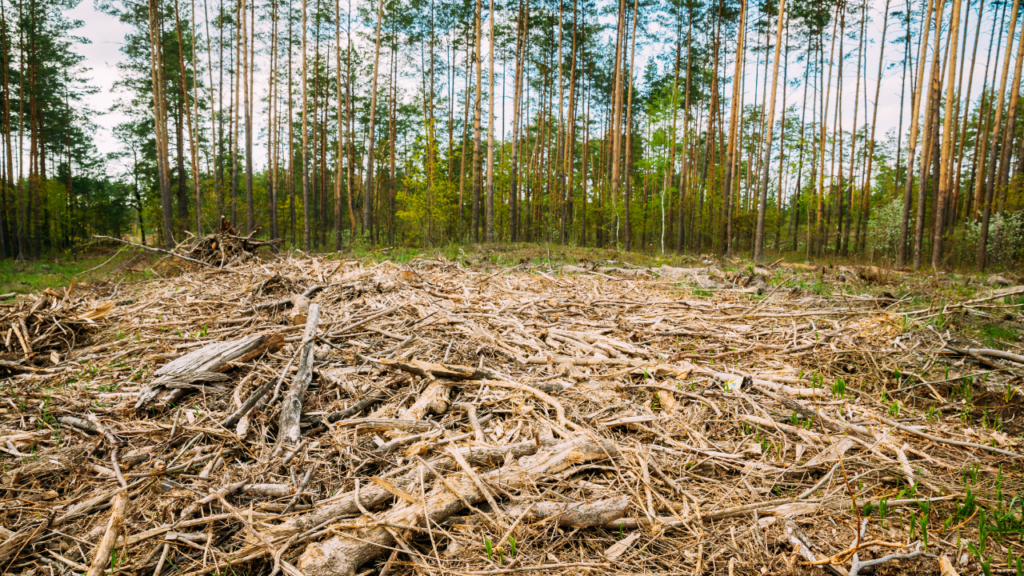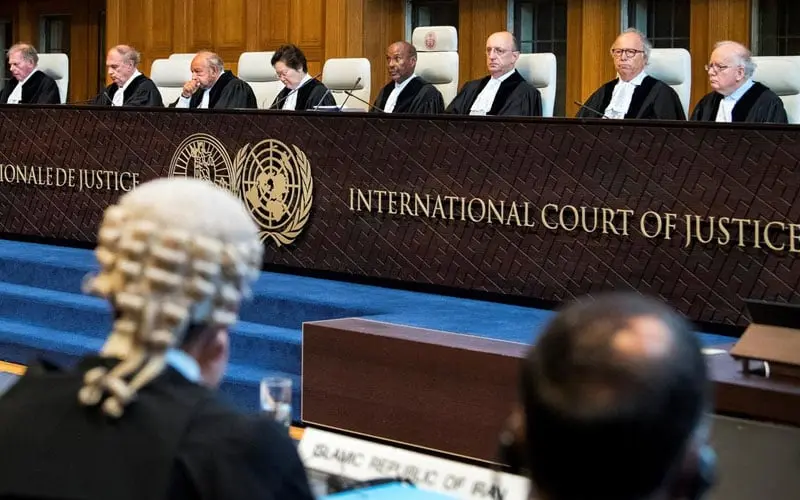We all want to live in cities with clean air and great public spaces, where we can move around in ways that suit our needs, and feel safe on our streets. Getting from A to B with ease means having a choice of convenient, frequent, reliable and affordable transport options that seamlessly connect us to work, school, friends, family and services. This includes great shared options – like electric public transport, rideshare and other on-demand transport – together with active options like bike-riding, using a wheelchair or walking.
At the moment, our car-centric transport system leaves too many Aussies with little choice in how to get around. For decades, governments have prioritised the use of private cars in transport planning and investment. Too often, this means people have no other way to get around. This is driving harmful climate pollution while also making our streets more congested, dangerous and polluted. Australian families are paying more than they should for petrol and maintenance costs, particularly in the outer suburbs of our biggest cities where people often have to drive further and more often.
We can change this by stepping up the availability, frequency and reliability of shared and active transport. Greater uptake of electric vehicles is important, but by itself this won’t reduce climate pollution at the speed we need, nor deliver other benefits in improved safety and less traffic. Using shared and active transport for more trips, more often isn’t possible for many people because they don’t have access to transport that meets their needs.
Australians are clear that they want better transport options and more choice. In Climate Council polling, 80 percent of people said they wanted governments to invest more in public transport, and 67 percent wanted more investment in active transport infrastructure (Climate Council 2022). The lack of services and infrastructure is a key barrier to people across our big cities using these transport options more often.
This report provides recommendations for how governments can plan and invest public money better to put shared and active transport at the centre of transport delivery from now on. The benefits will be huge: we can help slash climate pollution this decade and deliver cleaner air, safer streets, more affordable ways of getting around, as well as more liveable cities with less congestion.

Key Findings
1. Our car-centric transport system is polluting our cities and our climate. It has left many of us in the lurch when it comes to alternatives, with only half of the 15 million Australians living in our five biggest cities having access to frequent, all-day public transport.
- For decades, governments have prioritised the use of private cars in transport planning and investment leaving too many people with no other way to get around. This is making our streets more congested, dangerous and unhealthy.
- Transport is Australia’s biggest contributor to climate pollution after energy, making it an important focus of our efforts to slash climate pollution this decade. At the moment, Australia has more registered cars than drivers, and relatively limited use of shared and active transport.
- Using shared and active transport for more trips more often, simply isn’t possible for many people because they don’t have access to transport options that meet their needs.
- Given the significant costs involved with car ownership, a lack of effective shared transport can pose an additional barrier to communities who may already struggle to access employment, education and other needs.
2. Too many people living in Australia’s largest capital cities lack access to convenient, frequent and reliable public transport, so they are stuck relying on expensive and polluting private cars.
- Climate Council analysed public transport access in the five capital cities where most Australians live. Between a third and up to two thirds of people living in each city don’t have access to all- day, frequent services.
- Brisbane has the worst public transport access, with 66.4 percent of its residents missing out on all-day, frequent services, followed by Perth (59.5 percent), Adelaide (52.4 percent), Melbourne (47.5 percent) and Sydney (32.8 percent).
- In most cities, the difference in public transport access is significantly worse when comparing poorer and wealthier areas, with access levels in poorer areas 27 percent lower in both Brisbane and Melbourne, 19 percent lower in Adelaide, and 18 percent lower in Perth.
- People living in high-growth areas in middle and outer suburbs are significantly underserved by public transport. The cost-of-living benefits of affordable transport would often make the biggest difference in these areas.
- Analysis shows public transport frequency in our biggest cities plummets outside of morning and afternoon peak commuting hours, making travel slow and complicated for the many Australians who need to get around outside of these times.
- Investment in public transport has not kept pace with growing demand. Most people who live more than 10km away from the centres of our largest cities generally lack convenient, frequent and reliable access to public transport services.
- Transport options need to connect people across suburbs, not just to the city.
3. With the right infrastructure and services in place, we can make shared and active transport more attractive for more Australians, cut climate pollution further and faster this decade, and create safer, cleaner streets.
- Climate Council’s research shows there are readily-available solutions that can more than halve climate pollution from transport by 2030.
- Enabling more people to use shared and active transport not only cuts climate pollution more quickly than switching every petrol car to an electric one, but it also reduces congestion, makes our streets safer and provides more affordable transport options for all.
4. Governments at all levels should plan and invest in infrastructure and services that enable more Australians to choose cleaner, cheaper transport options more often.
- Embed the increased uptake of shared and active transport in decarbonisation planning: All levels of government should make increasing shared and active transport uptake a core objective of transport sector plans to cut climate pollution – for both passenger and freight transport, backed by a big step up in funding.
- Deliver a Shared Transport Service Standard: State and territory governments should work towards providing convenient, frequent and reliable public transport services operating at least every 15 minutes from 7am to 7pm within 800 metres of every home in Australia’s eight capital cities.
- Make our cities better connected, compact and efficient: State and territory governments should set the objective of delivering at least 70 percent of new housing and commercial building developments within the established suburbs of major capital cities, by making sustainable use of brownfields sites and managing increases to density in existing suburban areas.
- Make streets friendly for people, not cars: Local governments should ensure pedestrians feel safe on Australian streets, protected from cars, and have public spaces where they can move freely. Delivering precincts where pedestrians and bikes have permanent right of way, reducing speed limits to 30km/hour, and where private car use and parking is not supported – except for those with accessibility needs – will help enable safe streets for all.
- Give shared and active transport priority on roads: State and territory governments should give shared and active transport priority on the major roads needed to travel to and from frequently-visited commercial, service and employment centres, and between suburbs.
- Create Shared Transport Zones: State and territory and local governments should create designated areas in our capital cities where only shared transport options are allowed to travel through. This will encourage people to use shared and active transport when visiting these areas.










